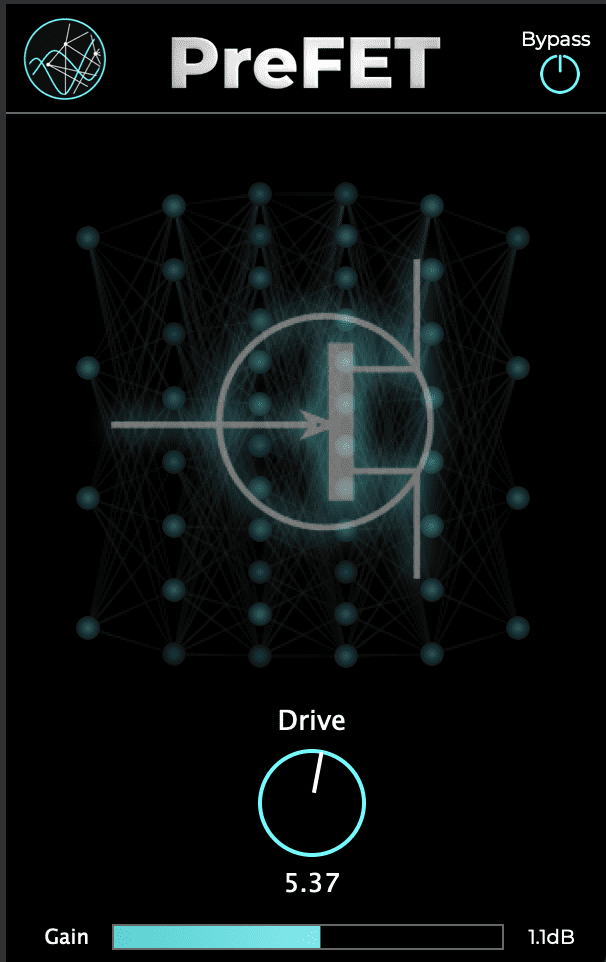DIGITAL COMPOSING SERIES: Strings
Nicolas Schuele launched a new online training course. In DIGITAL COMPOSING SERIES: Strings (Affiliate Link) you will learn how to build two professional templates in your DAW: one for composing and one for mixing. Together with Nicolas, you will look at a vast variety of topics such as routing, articulation switching mechanisms, blending strings libraries from different vendors, and everything in between.

To illustrate the concepts, you join Nicolas on how to write a track from scratch based on the 3 acts of a film trailer structure. At the end of the course, Nicolas will also spend some time mixing it. Take your productivity to the next level with over 7 hours of video content in DIGITAL COMPOSING SERIES: Strings (Affiliate Link)!

The course DIGITAL COMPOSING SERIES: Strings (Affiliate Link) is currently in a special introductory offer of $49 (excl. tax) until Jan. 20th. Afterward, the course will be priced at $69.
About NICOLAS SCHUELE
Nicolas Schuele is a composer for media and writes custom music to accompany film, game, trailer, or commercial.
Pricing and Availability
DIGITAL COMPOSING SERIES: Strings (Affiliate Link) is available now at an introduction price. The intro pricing of $49 is available until January 20th, 2021. After this date, DIGITAL COMPOSING SERIES: Strings (Affiliate Link) will be $69. Note that VAT will be applied depending on your country.











